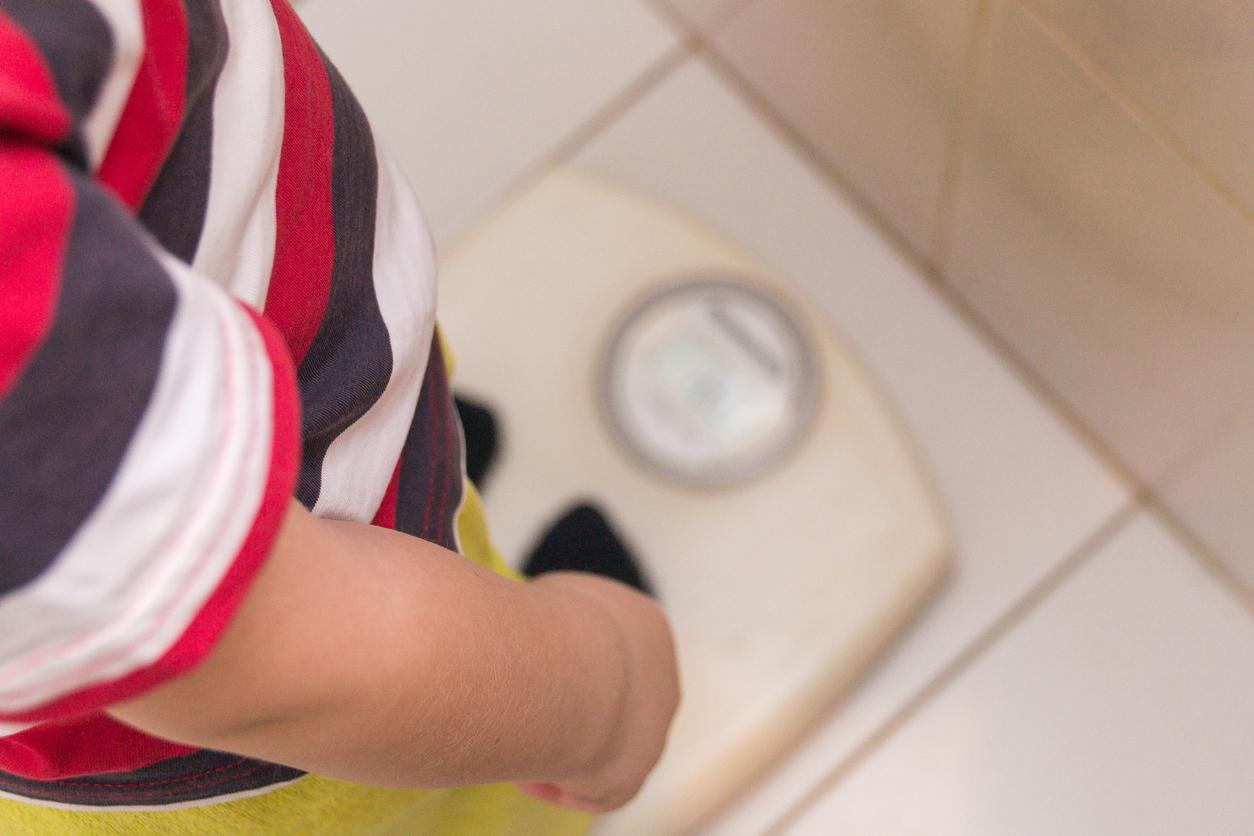
NEW YORK (PasseportSanté.net) October 24, 2005 – In Traditional Chinese Medicine (TCM), the path to well-being involves the balance of the five elements that are fire, wood, earth, metal and water . By knowing what characterizes your child and yourself, it would not only be easier to better interact with him, but also to prevent the ailments that threaten him.
This is argued by three Californian health professionals attending the Symposium on Integrated Medicine in Pediatrics1, which brought together more than 100 pediatricians and practitioners from different alternative fields in New York, on October 21 and 22.
An example? “A child of the ‘earth’ type is naturally pleasant: he seeks peace and will do anything to make himself pleasant to you,” says holistic pediatrician Stephen Cowan. So, if he is encouraged to eat, he might tend to overeat, just to please mum or dad! “Once we know that in TCM, an earth type child is naturally vulnerable to digestive disorders, it becomes easier to slow down the pace at the meal and, at the same time, to encourage the child to be more active, this which will be good for his digestive system and will prevent overweight ”, illustrates Dr Cowan.
To better intervene with children, pediatricians Stephen Cowan and Larry Baskind, in collaboration with Efrem Korngold, practitioner in TCM for more than 30 years, have thus developed a holistic approach, that is to say one that considers the relationship “body. -spirit ”as a whole. “In TCM, we cannot distinguish the psychological from the somatic: all human dimensions are one,” explains Efrem Korngold.
From the fundamental models of Traditional Chinese Medicine, they therefore listed the characteristics specific to each of the five elements (see table). Then, through interviews with the parents and video recording of the clinical consultations they conduct, they determine the profile of the child, as well as that of the parents.
“It allows us to better observe the changes that children experience over time, and also to facilitate the integration of parents in the search for the overall well-being of their child, to better tolerate differences”, underlines Stephen Cowan.
Family dynamics involved?
In children, the disease can be a sign of an imbalance in the family. According to Stephen Cowan, the real question in pediatrics is who has the problem or symptom affecting the child. “With our approach, we quickly identify the origin of the interference that the child experiences,” he says. It is then easier to establish a family balance. “
To what extent can a parent intervene? “Take Anthony, a ‘water’ type kid – a profile who tends to be cold, less active, more withdrawn from others and introverted,” he says. He suffered from asthma and had dry skin. We noticed that he felt a little lost, he who lived in a family where everyone was of the “fire” type! We suggested to the parents to “warm up” Anthony, in particular by massaging him and also by placing him at the center of the group’s activities. What the parents did. The results were not long in coming, according to Dr Cowan. “Knowing this, parents can now prevent these disorders by warming actions”, he judges.
Dr Cowan insists on the neutrality of the approach. “Our approach allows us to awaken conscience, and not to judge people,” he argues. There is no good or bad profile, there is above all a balance to be established and it is to this degree that we act. “
While it doesn’t always work, the model “sticks 80% of the time,” he says. We find that the profiles are revealed quickly, even very soon after birth ”.
“Our model is a lead, not a dogma,” warns Efrem Korngold. It is a way of investigating the complexity of each being, according to the natural precepts of TCM. Also, our results confirm to us above all that each child must be treated according to what he is, and not in a uniform way according to pre-established standards. “
At the service of pediatricians
While this new method is likely to guide pediatricians in seeking the well-being of their patients, it can also help them in their own practice. “In the classical medicine approach, we consider all children the same,” says D.r Cowan. This mechanical approach is largely responsible for the many burnouts in the profession. “
Traditional Chinese Medicine can give meaning to pediatric practice. “With TCM, it becomes stimulating: the pediatrician feels more useful, because he can participate more actively in prevention and education, which is at the heart of our work,” he concludes.
Example of characteristics according to the child’s profile2

Martin LaSalle – PasseportSanté.net
1. The third edition of the Pediatric Integrative Medicine Conference was held at the New York Academy of Medicine, New York.
2. Adapted from a more comprehensive child observation table, created by Stephen Cowan and Efrem Korngold in 2003.

















